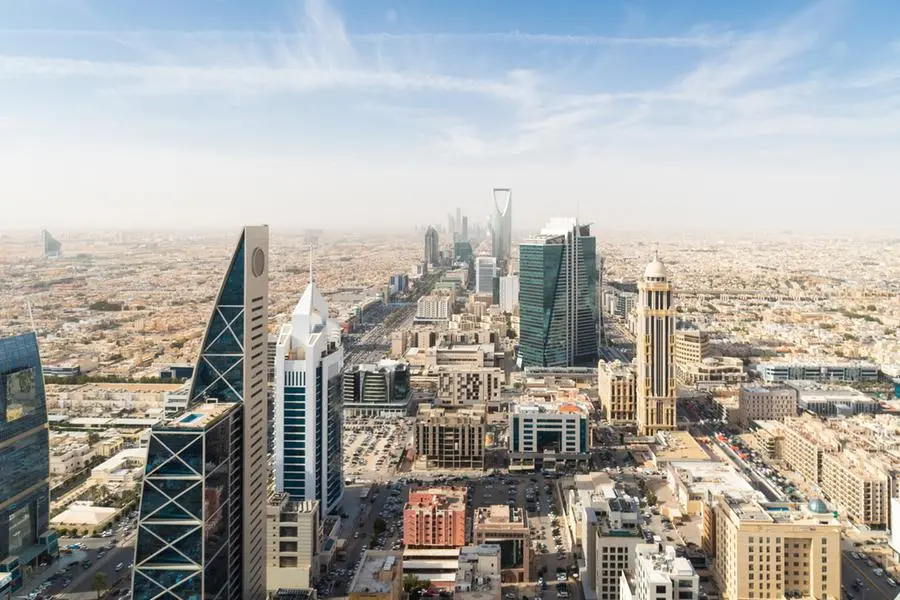PHOTO
04 June 2019
The Middle East and North Africa (MENA) region is expected to play a central role in the connectivity agenda of China's Belt and Road Initiative (BRI). Connecting Chinese trade hubs such as Hong Kong and Shenzhen to the Egyptian Suez Canal, the UAE's Jebel Ali Free Zone and Oman's Duqm Special Economic Zone forms a crucial part of the Asian giant's overarching ambition to boost trade flows.
With much of the Middle East region under-served on the connectivity front, what the regions needs is financial backing from deep-pocketed investors with a long-term view.
China, flush with cash, and with large state-owned enterprises such as the Industrial & Commercial Bank of China, China Construction Bank, China State Construction Engineering Corporation looking to develop, facilitate and bankroll infrastructure projects globally, can be afford to take a long-term view.
Last July, the Chinese president offered $20 billion in loans and around $106 million in financial aid to Arab states for "economic reconstruction" and "industrial revival". Some of the loans and aid packages were earmarked for Palestine, Jordan, Lebanon, Syria and Yemen - some of the region's poor and/or troubled countries.
Middle East countries, with an eye on diversifying the economy and implement shovel-ready projects that bring jobs and investments, are emerging as eager participants in China's BRI agenda. While some projects fall within the BRI scope, Chinese contractors are also participating in a number of infrastructure projects that add to China's order books.
While China has not clearly defined which projects are within the BRI scope and which are outside, there is a sense that transportation - major road, maritime, airport and railway projects - is a crucial piece of the puzzle as China slowly realizes its ambition to connect the nearby continents.
In Oman, Duqm Special Economic Zone (SEZAD) anchored by the Port of Duqm is transforming into a strong manufacturing, logistics and innovation hub that takes advantage of its geostrategic location outside the Strait of Hormuz trade route.
The Chinese regard Duqm as an alternative route into the Middle East and African markets. As such, Wanfang China from the Ningxia Hui Autonomous Region is developing a 40,000-square-metre (sqm) Sino-Oman Industrial park in SEZAD that aims to attract other Chinese companies to invest $10.7 billion in the development.
Oman Wanfang Company plans to co-operate with Chinese investors to set up 35 projects across three locations in SEZAD in heavy industries, light and medium industries, and a tourist zone, according to a SEZAD document.
Similarly, Egypt's plans for Suez Canal dovetail with the sprawling BRI agenda.
China's Tianjin TEDA Investment Holding Co was one of the earliest investors in the China-Egypt joint economic co-operation zone, which takes up a third of Egypt's Suez Canal Zone and is being expanded in second phase. TEDA is currently developing an industrial zone of 7.23 square kilometres in Ain Sokhna on the Red Sea coast, with the first phase hosting 68 enterprises engaged in various areas of production.
Growing involvement of Chinese firms in developing, financing and operating railway projects in the MENA region is expected to help China achieve the connectivity piece of its BRI agenda.
State-owned China Railway Construction Corporation (CRCC) constructed the 18.25-km-long elevated Makkah Light Rail Project, which has helped ease traffic congestion in the holy city during the Haj season. The Beijing-headquartered firm was also the civil works contractor for the first phase of the 453-kilometre high-speed Haramain High Speed Rail Project, connecting Makkah and Madinah. The rail link is the first high-speed railway in the Gulf and is expected support the Kingdom's plans to attract more tourists.
In 2017, Egypt signed a $1.24 billion light rail deal with China's AVIC International and China Railway Group. Under the deal Egypt's National Authority for Tunnels (NAT), China's AVIC international and China Railway Group will build a 66-km network with 11 stations, on which trains will run at speed of up to 120 km per hour to Cairo's surrounding districts.
(Reporting by Syed Hussain; Editing by Anoop Menon)
(anoop.menon@refinitiv.com)
Our Standards: The Thomson Reuters Trust Principles
Disclaimer: This article is provided for informational purposes only. The content does not provide tax, legal or investment advice or opinion regarding the suitability, value or profitability of any particular security, portfolio or investment strategy. Read our full disclaimer policy here.
© ZAWYA 2019






















